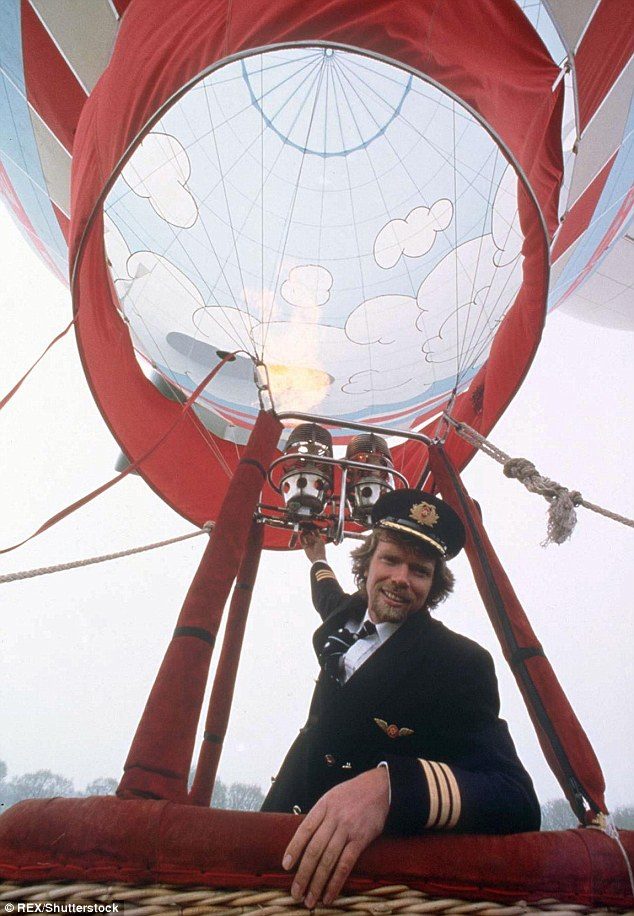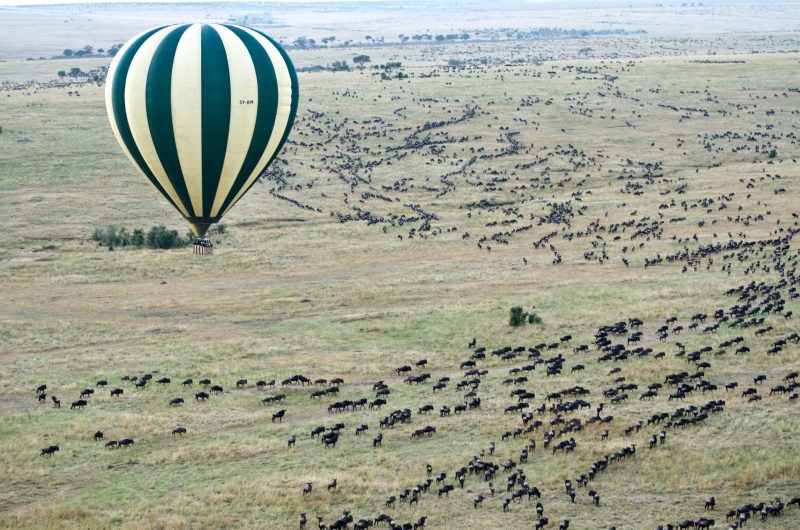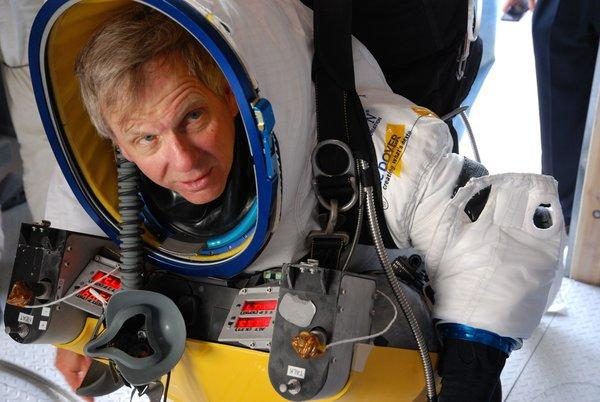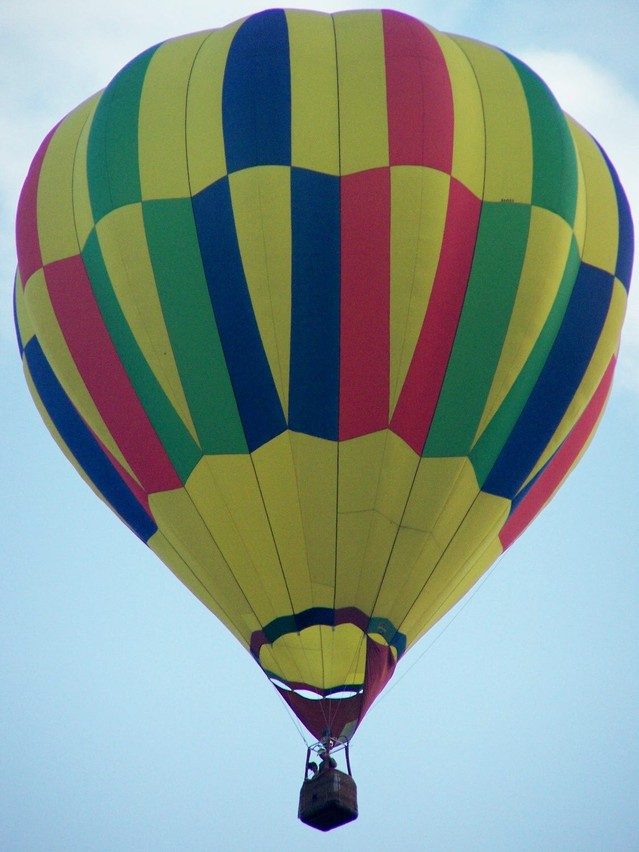Balloon Safari Across The Atlantic Ocean
Balloon safari across the Atlantic Ocean. A boating stunt saw Sir Richard Branson successfully cross the Atlantic Ocean and beat the world record. When the furor of that feat naturally died down in a few years, Branson tried something more adventurous. He set his sights on a dangerous pursuit of crossing the ocean, this time not on a boat but a hot air balloon, and was determined to win. Three such crossings were previously made but in helium balloons.
Crossing Atlantic Ocean
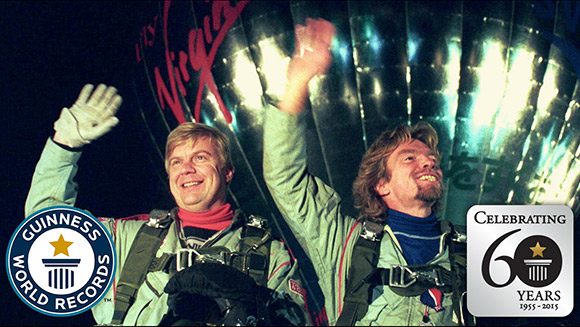
Ballooning Source Credit: Guinness World Records
Branson trained for 3 years because he had barely flown a balloon before and knew little about ballooning. He practiced balloon flight, skydiving, and water survival religiously with fortitude and grit in a jet stream, which carries winds of 200 mph, a feat never endeavoured before as no balloon had ever flown over 70 mph. On 2-3 July in the year 1987, two hundred and four years after the pioneer flight, businessman and record-chaser Richard Branson, and his co-pilot, an adventurous and experienced balloonist, Per Lindstrand, channeled the Montgolfier’s spirit and ambition. Convinced by Lindstrand that a hot air balloon flight was both achievable and safe, the two men boarded the Virgin Flyer in Sugarloaf in Maine to cross the Atlantic Ocean to Limavady in Londonderry, Scotland, in a hot air balloon.
No bon voyage
On the 1st part of the journey, during the take-off, the fuel tank of the balloon got lost. That unexpected holdup put a considerable dent in the confidence of the balloonists at the time of ascent. However, after the initial setback, luckily, there were no significant hitches along the way. Everything went to plan for Per Lindstrand and Richard Branson. They soared serenely on the Atlantic jet stream at 130 miles per hour. The second part of the hot air balloon flight from the US to the UK across the Atlantic Ocean was far from safe. They got into trouble immediately after the Virgin Atlantic Flyer crossed the Irish coast. With fog in Scotland, low clouds had forced them to bring the balloon down and find a landing spot even though the wind would have made it possible for them to reach their goal at a peninsula on the coast called the Mull of Kintyre.
Set the record
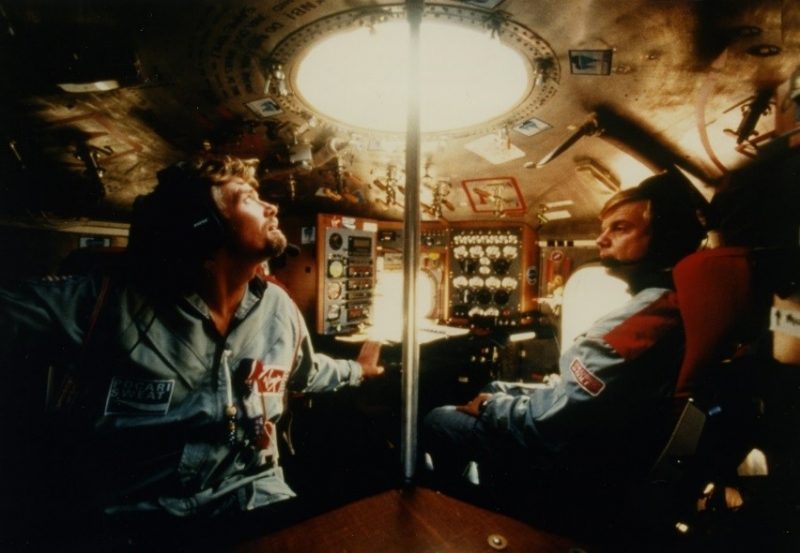
Balloon safari across the Atlantic Ocean
After 41 minutes in the air, the airplane hit the ground in Northern Ireland near Limavady. It scraped along the ground while losing two fuel tanks. The duo took off again and regained the sufficient altitude to avoid power cables. Then the billowing silver and black airplane, smoothly proceeded east before it descended. The hot air balloon hit unsurmountable difficulties again as they attempted to land. Just like the first effort a few minutes ago, this hot air balloon landing, was problematic too. The mechanism failed to eject the pressurised two-man capsule which allowed them to survive at high altitudes. After the unsuccessful attempt to land it was clear that a clean landing appeared more and more unlikely. The two decided to go on flying over the Irish Sea while they thought about a solution. But once it was over water again, the balloon bounced along and repeatedly dipped into the sea.
Leap of faith
When the balloon was 60 feet above, Lindstrand advised that they should jump. Lindstrand went first, and as soon as he left, the balloon rose again to great heights. The reduction in weight caused the aircraft to spring back into the air with Branson in the capsule. He was left to fly it alone when Lindstrand bailed out by leaping into the deep waters. At that crucial decision-making juncture, Richard Branson did not expect to come out intact or even alive. Although he contemplated skydiving out of the capsule, a near-death experience he had during training dissuaded him. Interestingly, Branson had a brilliant idea to use the hot air balloon as a life-saving parachute. He had prepared with the oxygen mask on, but instead rode it back down toward the ocean and jumped off once the aircraft was 50 feet above.
Rescue from sea
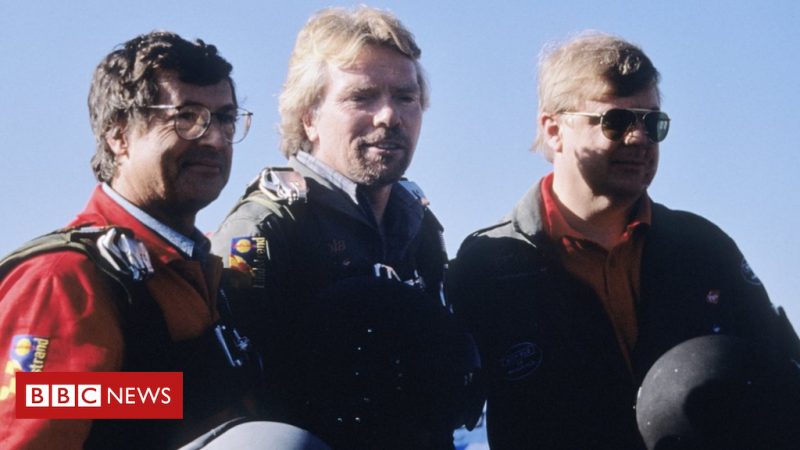
While Lindstrand had a concussion, Branson looked and sounded fit as he described his leap
The disabled hot air balloon went down not too far away from the landing target on the coast of Scotland as the two adventurers were in the sea. Royal Navy rescue teams plucked them out from the water after Lindstrand reportedly swam against strong currents for more than two hours in the cold without a life vest. Both of them were quickly picked up by a helicopter that was part of the rescue mission. While Lindstrand had a concussion, Branson looked and sounded fit as he described his leap.
Finally made it
As planned, Branson and Lindstrand victoriously achieved the ocean-crossing record in a hot air balloon. They cruised for around 37 hours in a record-breaking distance of 2,900 miles after the twosome took off from Maine to cross the Atlantic in a hot air balloon for the first time. They made it but lost control when trying to land in Ireland. Finally, they ended up jumping out before the bird crashed. Long story short, they became the first people in the ballooning history to cross the Atlantic Ocean in a hot air balloon. A year later, Per Lindstrand set the record for the highest solo hot air balloon flight ever recorded at feet of 65,000.
Largest flyer ever
The Virgin Atlantic Flyer that Branson and Lindstrand used at the time was the most massive balloon ever made or flown. It was the product of Thunder & Colt built with technological advances in hot air ballooning. The aviators, Richard Branson and Per Lindstrand, oversaw the designing of the craft which was in Virgin colors. The silver-colored envelope of the vessel had an impressive capacity of 2.3 million cubic feet. It was a laminate material on a skeleton of webbing and load tapes, with solar heat absorption fabric around the bottom. The Virgin-branded vessel used solar power to enhance the effect of the gas burners heating the air. The purpose-built Flyer is now in Duxford at the Imperial War Museum.
5 Frequently Asked Questions About Balloon Safari Across The Ocean
To book a balloon safari, please fill out the following form or simply email us on safaris@safari-center.com

